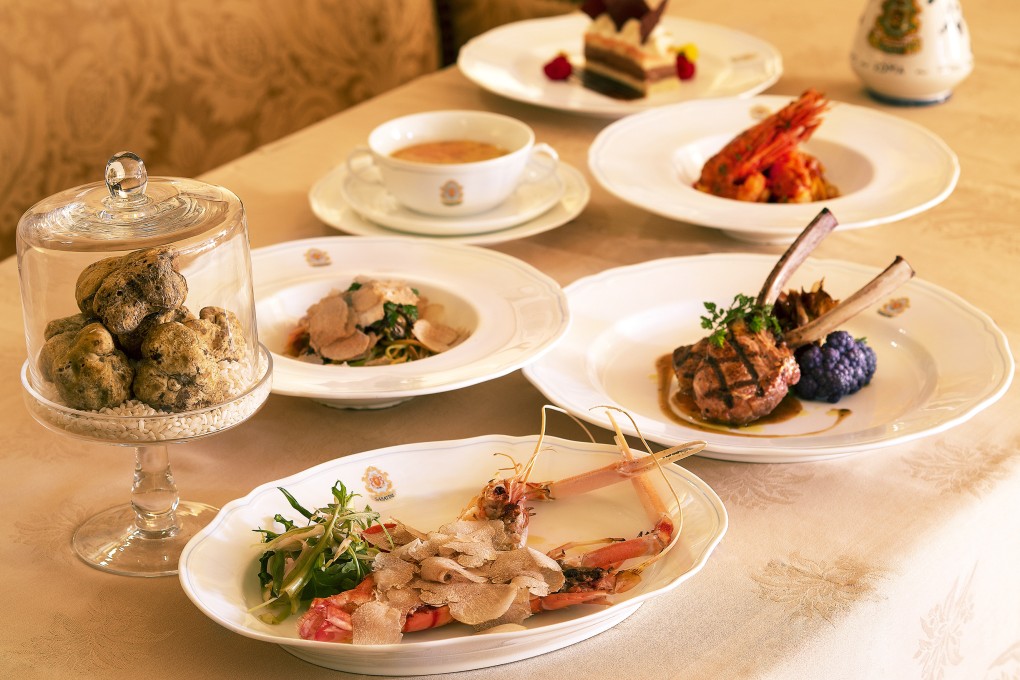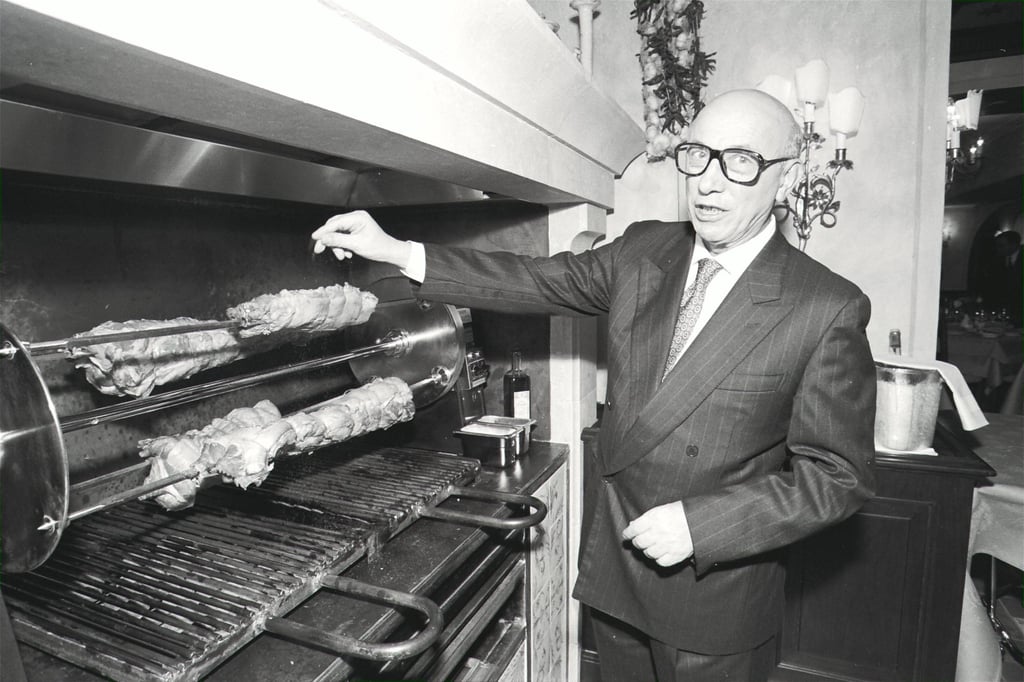How Hong Kong Italian restaurant Sabatini’s lasted 30 years in the city, and how the archives inform its celebration menu
- Sabatini’s opened in Hong Kong’s Royal Garden hotel 30 years ago and is still going strong today
- Its director and chef talk about surviving Hong Kong’s intense restaurant business, and the celebration menu full of nostalgic dishes

Back in 1992, most Hongkongers’ idea of Italian cuisine was pizza and pasta, and not much beyond the likes of Pizza Hut and Spaghetti House.
The restaurant business in Hong Kong now is just as challenging as it was back then; Sabatini’s Ristorante Italiano on the third floor of The Royal Garden hotel has defied the odds to celebrate its 30th year in the city.
Started by three brothers – Silvestro, Francesco and Salvatore Sabatini – in Rome in 1958, Sabatini’s is known for its classic approach to cuisine and traditional fare.
Diego Bozzolan, director of Sabatini’s, who has been with the eatery since its opening, talks about meeting the Sabatini brothers for the first time.

“I saw the Sabatini brothers, Silvestro and Francesco, for the first time at Nicolini’s, an Italian restaurant in the Conrad, Hong Kong, when they came to check out the competition. I was working there at the time,” says Bozzolan.